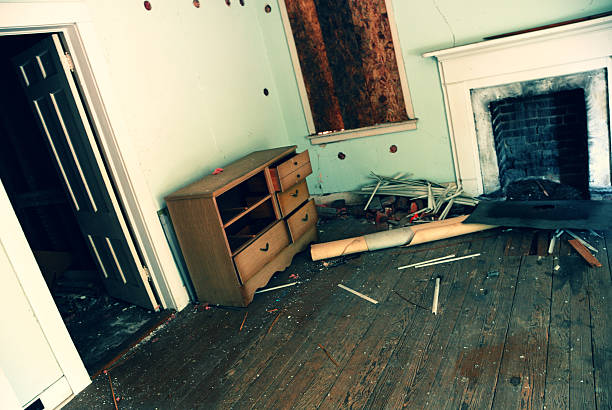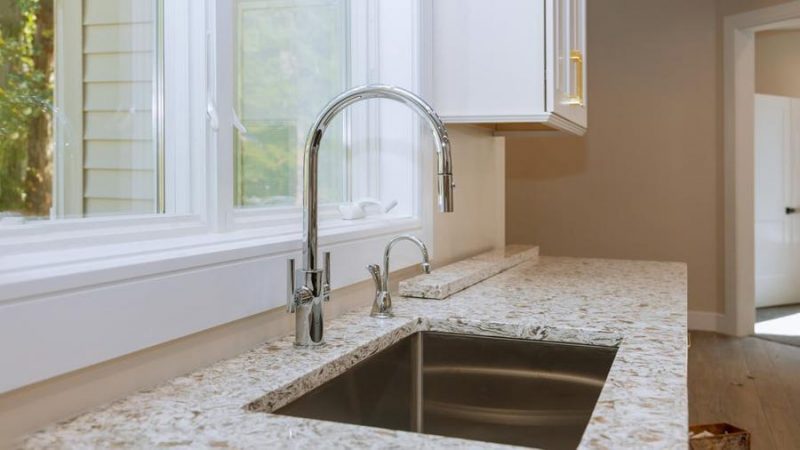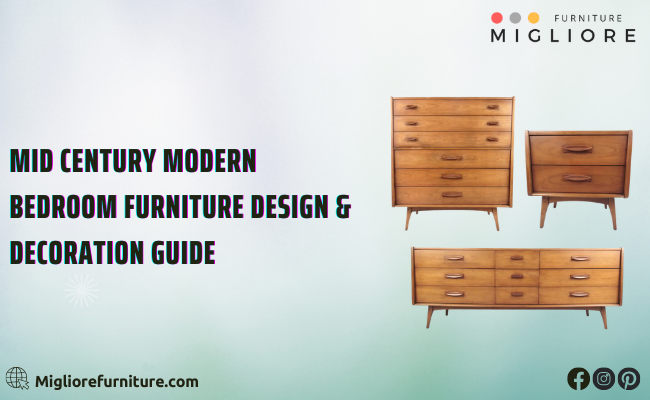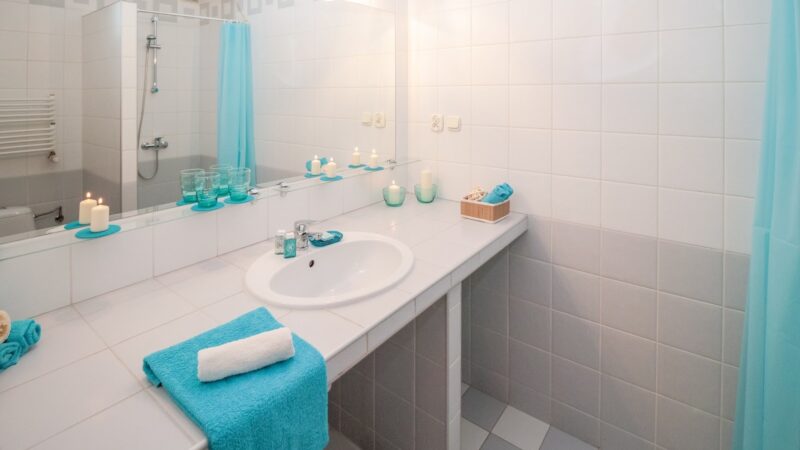Learn About The Main Differences Between Hardwood Plywood And Softwood Plywood
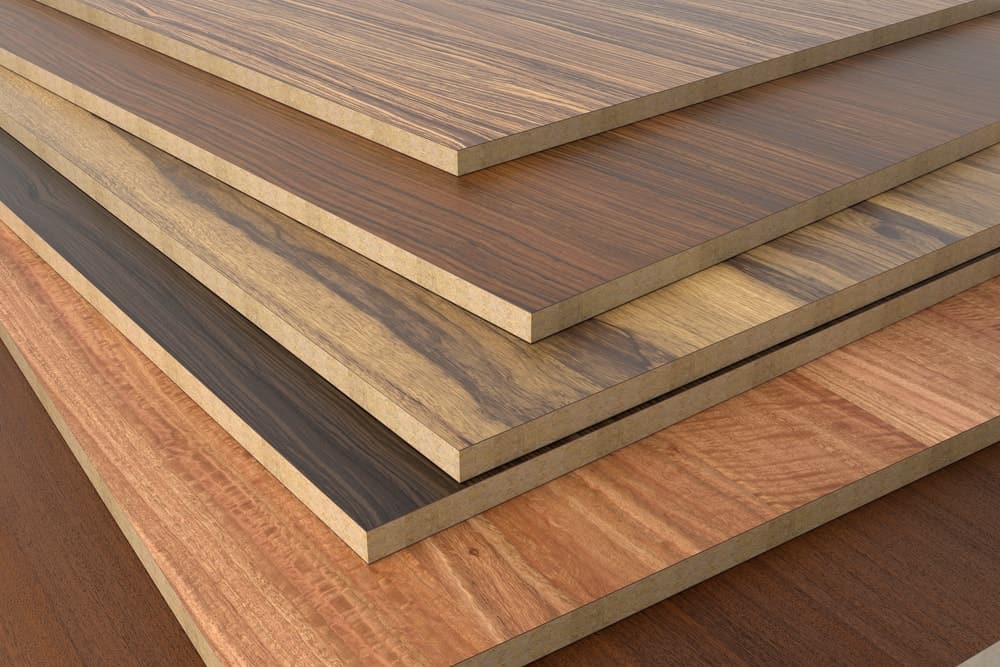
Plywood, as the latter half of the term suggests, is made of wooden material. It is made by stacking piles of thin wooden sheets together that are often referred to as plywood veneers. Wood is usually of two types, hardwood, and softwood. Hardwood, as the term signifies, is often considered to be harder as well as the denser one among the two, and similarly, softwood is thought to be softer and less dense.
To understand the difference between hardwood plywood and softwood plywood, let’s begin with understanding the difference between hardwood, and softwood.
Hardwood
- It is harder, heavier, and denser.
- It does not break easily; even the sharpest tools fail to cut a piece of hardwood at times.
- It is more expensive.
- It is more resistant to fire.
- Since it’s more durable, it is extensively used in making quality furniture and flooring.
- Some of the most common examples of hardwood include Maple, Willow, Walnut, and Teak.
Softwood
- It is softer, lightweight, and less dense.
- It is easily cut into parts.
- It is cheaper and more affordable than hardwood.
- It catches fire faster.
- It is extensively used in making doors, chairs, paper, fire boards, etc.
- It includes Cedar, Cypresses, Pine, and Larches.
Now, let’s move to the differences between hardwood plywood and softwood plywood.
Hardwood Plywood
Plywood manufactured from hardwood like Teak, for example, is stronger, long-lasting, resistant to mechanical stresses like pressure, high temperature, moisture, and scratches. It is extremely durable and sustains longer. It has a high density which makes it difficult to cut plywood.
Furniture made out of hardwood is extremely strong and equally resistant. As a result, it is also quite expensive, making it non pocket friendly. Hardwood plywood works as a saviour when one wants to minimise the expenses but not compromise on quality. What most people end up doing is using a different wood for the woodwork, other than hardwood and then cover it with plywood that is derived from hardwood.
Plywood made out of hardwood is also used extensively in areas that are prone to fire, such as the woodwork in the kitchen. Secondly, hardwood is also used in the flooring of houses and offices.
There are a few special types of wood that come within the hardwood category; let’s discuss their uses:
- Birch is used in making the blades of turbines in wind machines.
- The carrier box of LNG is also made out of birch.
- Birch wood is also used in furniture like beds, cabinets, cupboards etc.
- This wood is also used in construction, and musical instruments..
Softwood Plywood
The plywood derived from softwood is less dense, lightweight and softer. It is also quite affordable as compared to hardwood. Since these plywood are less dense, these properties make it very handy and easy to use. As a result, it finds multiple uses. It can easily be cut and designed into various shapes so lightweight furniture can be made out of this with beautiful carvings, which add a royal and elegant look.
It’s a misconception that softwood lacks strength. Softwood is not as strong as hardwood, but it does not lack strength. Plywood made from spruce is concrete and used for multiple applications.
Given below are the most common uses of softwood:
- Sheathing on the exterior walls
Sheathing on the exterior wall is crucial to make the exterior surface strong and resistant to environmental stresses like pressure and temperature fluctuations. It works like a strong shield to protect the wall against moisture and natural calamities. Gold plywood is an excellent material for sheathing purposes.
- Roofing and flooring
Softwood plywood is strong, resistant, durable and most importantly, affordable. You can avail hundreds of options with classy designs to give your home an aesthetic vibe and all of this at a minimal price. - Other general applications include construction work, industrial work, panelling in ventilators, packaging, automobiles, and many more.
